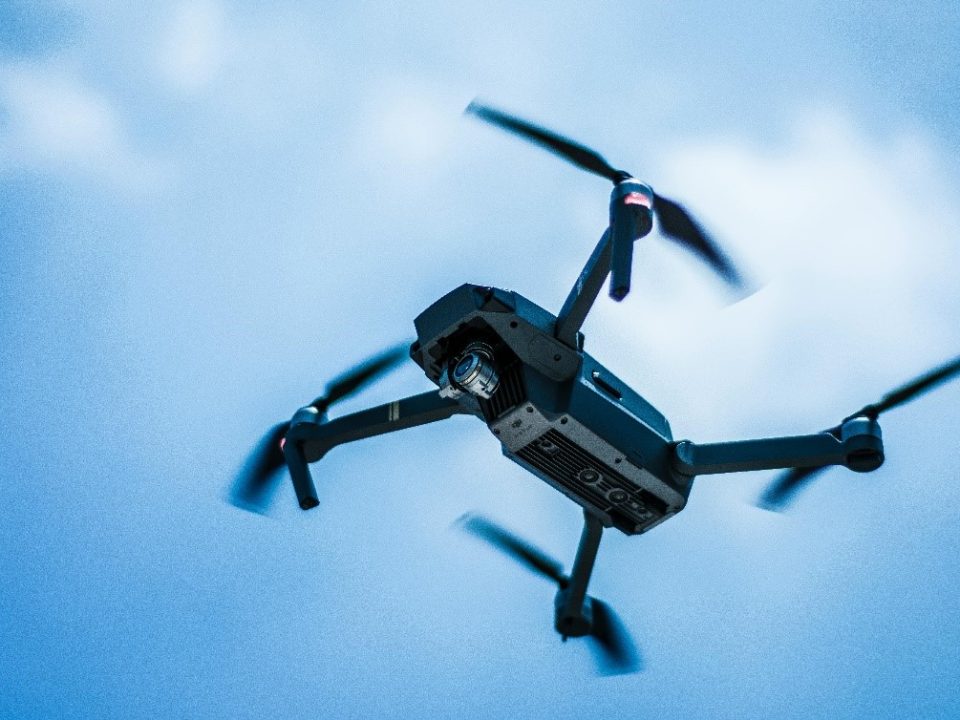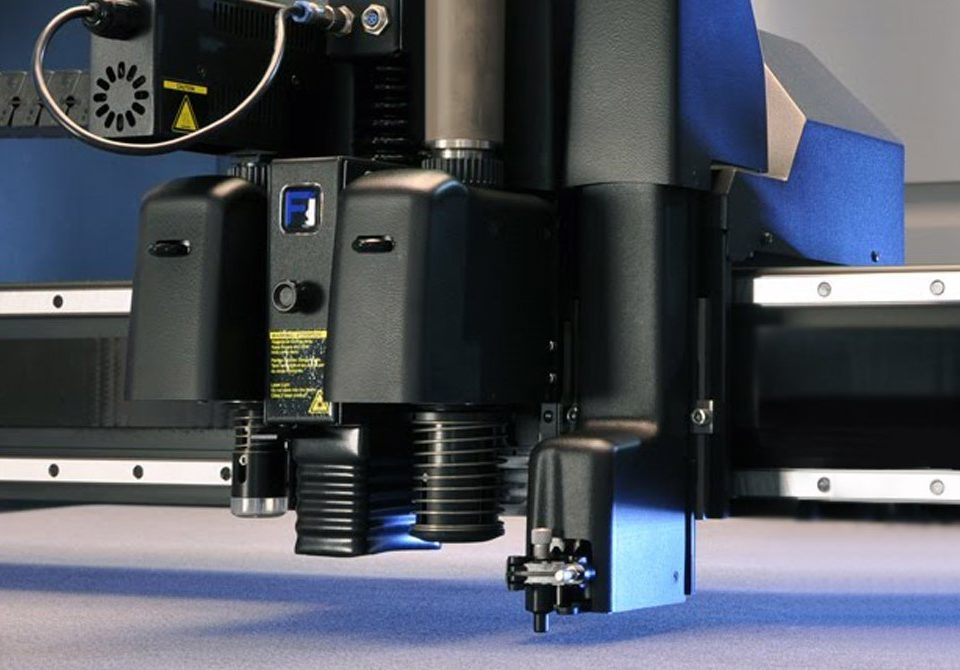Thermal Grease Alternatives: A Guide to High-Performance Thermal Interface Materials:
 James Stratford
James Stratford
In modern electronics, effective thermal management is essential for ensuring the performance, longevity, and reliability of components. While thermal grease—also known as thermal paste or thermal compound—has been a traditional choice, advances in thermal interface materials (TIMs) offer alternatives that address many of the challenges associated with thermal grease. In this article, we’ll compare various TIM options, including thermal phase change materials (PCMs), graphite interface pads, and thermal foils, each providing unique benefits over traditional thermal grease.
Thermal Grease: Benefits and Limitations
Thermal grease is a viscous material typically applied with a syringe or applicator to create a thermal bridge between components. Though effective at transferring heat, it has limitations, particularly in applications where consistency and ease of handling are critical. Thermal grease can be challenging to apply evenly, which risks creating areas of poor contact that compromise thermal performance. Additionally, its thick, sticky nature can lead to mess during handling, increasing the risk of contamination. Ensuring precise application is often difficult, leading to either too much or too little grease, which impacts thermal conductivity.
Over time, thermal grease can degrade, especially in high-temperature environments where oils or compounds may evaporate, this evaporation process can mean that silicon oxide is deposited on surrounding areas and components. Silicon Oxide is harmful to electronics as it has a degree of electrical conductivity, this is particularly important in Hermetically sealed applications. This drying-out process reduces its effectiveness, making it less suitable for long-term reliability. As demands for consistency and longevity grow, engineers are increasingly turning to other thermal solutions that provide more reliable performance.
Thermal Phase Change Materials: Precision Under Heat
Thermal phase change materials (PCMs) provide a reliable alternative. These materials are designed to change at a specific temperature, transforming from solid to soft/viscous state as the temperature rises. This unique property allows PCMs to fill in surface imperfections and air voids, achieving uniform contact without the risk of mess or uneven application that thermal grease presents.
As PCMs soften, they self-level, which reduces the risk of pump-out during thermal cycling which enhances long-term stability. Importantly, they resist drying out, even in high-temperature environments, maintaining their high thermal conductivity. This makes PCMs particularly suitable for demanding, high-performance applications where consistent, reliable thermal management is essential.
Graphite Interface Pads: Durable and Efficient Heat Spreaders
Graphite interface pads are another advanced thermal solution, made from natural or synthetic graphite with excellent thermal conductivity. Unlike other TIMs that primarily conduct heat vertically, graphite pads spread heat horizontally across surfaces, effectively managing hotspots in compact devices.
These pads are pre-cut to specific shapes, enabling clean, easy handling and consistent application without mess. Additionally, graphite’s inherent stability ensures it won’t dry out or suffer from pump-out during thermal cycling, making it highly reliable for long-term use. With a high in-plane (across the material horizontally) thermal conductivity, graphite interface pads are ideal for applications where efficient heat spreading is key.
Thermal Foils: Clean, Consistent, and Durable
If you need electrical isolation combined with good thermal transfer, Thermal foils, also known as thermal interface pads, provide another clean and efficient alternative to thermal grease. Composed of materials such as a carrier film (often glass fibre), a filler (like ceramic particles i.e. boron nitride), and a binder (silicone or acrylic), these foils offer both reliability and ease of use. They are manufactured to the specific shape required, allowing for quick, clean application—perfect for high-volume manufacturing.
Thermal foils maintain a consistent thickness, ensuring uniform thermal transfer and reducing the risk of air gaps. Their durable composition prevents issues like drying out or pump-out, making them ideal for applications requiring long-term reliability.
Conclusion
Each of these thermal interface materials offers unique advantages over traditional thermal grease, addressing its challenges of uneven application, messiness, and degradation over time. Whether you’re seeking consistency, ease of application, or enhanced durability, these alternatives provide reliable options to meet the demands of modern thermal management.










